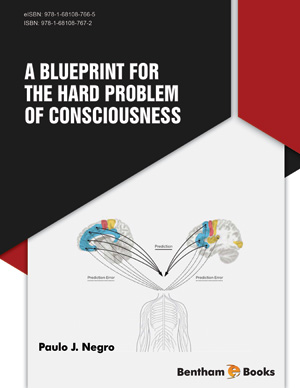Abstract
SHS investigation development is considered from the geographical and historical viewpoint. 3 stages are described. Within Stage 1 the work was carried out in the Department of the Institute of Chemical Physics in Chernogolovka where the scientific discovery had been made. At Stage 2 the interest to SHS arose in different cities and towns of the former USSR. Within Stage 3 SHS entered the international scene. Now SHS processes and products are being studied in more than 50 countries.
Abstract
Perception is not a direct image of sensorial input, but a hypothesis explaining sensorial information. The brain hallucinates reality. The ability to infer the causes of sensations requires an internal generative model, known as Predictive Coding. The brain tries to minimize prediction error between inputs and models about the causes of these inputs. Top-down connections of the brain convey predictions, whereas bottom-up connections transmit predictive errors. Expectations, from the perspective of Predictive Coding, refer to representations of causes encoded at each level. The same principles apply to interoception. The architecture of the insula allows for successively higher re-representations of interoceptive information, homeostatic significance, emotional salience and hedonic potential. The anterior insula integrates bottom-up interoceptive predictive error with high-level cortical predictions and sends interoceptive predictions to visceral systems. Generative models depend on actions. They actively map from hidden causes to sensory consequences. Perception corresponds to the inverse mapping, from sensations to hidden causes at higher levels of relational abstraction. The experience of body ownership fits a model of conscious selfhood based on interoceptive Predictive Coding underlying multisensorial integration. Predictive Coding supports a subject-centric view whereby actions not only lie at the basis of consciousness, but also provide the building elements of the subject itself. Neural correlates of consciousness represent what the subject is doing. The emergence of abstract phenomenal objects as guides to global adaptive behaviors favors the transition to phenomenological heuristics. Natural environments are characterized by low predictability, small sample sizes relative to the number of available cues, and interdependency among cues. Models based on heuristics are adaptive because predictive-error is difficult to calculate for global actions in an uncertain world.
Keywords:
Active Inference, Bottom-Up, Brain Operations, Computational Hierarchy, Cortical Development, Embodied Abstractions, EPIC, Expectation, Feedback, Feedforward, Functional Connectivity, Generative Model, Heuristics, Interoception, Insular Cortex, Perception, Phenomenal Consciousness, Predictive Coding, Predictive Error, Predictions, Systematic Cortical Variation, Systems 1 and 2, Top-Down, Unified Stream of Consciousness, Winner-Take-All.
Recommended Chapters
We recommend

Authors:Bentham Science Books






